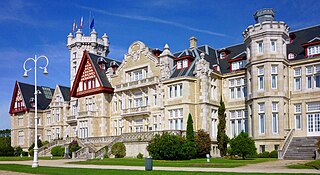
Santander is the capital of the autonomous community of Cantabria, Spain. It has a population of 172,000 (2017). It is a port city located in the northern coast of the Iberian Peninsula, facing the Cantabrian Sea.
Juan Downey was a Chilean artist who was a pioneer in the fields of video art and interactive art.

Antoni Muntadas is a postconceptual multimedia artist, who resides in New York since 1971. His work often addresses social, political and communications issues through different media: such as photography, video, text and image publications, the Internet, and multi-media installations.

Miguel Ortiz Berrocal was a Spanish figurative and abstract sculptor. He is best known for his puzzle sculptures, which can be disassembled into many abstract pieces. These works are also known for the miniature artworks and jewelry incorporated into or concealed within them, and the fact that some of the sculptures can be reassembled or reconfigured into different arrangements. Berrocal's sculptures span a wide range of physical sizes from monumental outdoor public works, to intricate puzzle sculptures small enough to be worn as pendants, bracelets, or other body ornamentation.

Arnold Belkin was a Canadian-Mexican painter credited for continuing the Mexican muralism tradition at a time when many Mexican painters were shifting away from it. Born and raised in western Canada, he trained as an artist there but was not drawn to traditional Canadian art. Instead he was inspired by images of Diego Rivera's work in a magazine to move to Mexico when he was only eighteen. He studied further in Mexico, focusing his education and his career mostly on murals, creating a type of work he called a "portable mural" as a way to adapt it to new architectural style. He also had a successful career creating canvas works as well with several notable series of paintings. He spent most of his life and career in Mexico except for a stay in New York City in the late 1960s to mid-1970s. His best known works are the murals he created for the University Autónoma Metropolitana in the Iztapalapa borough of Mexico City.
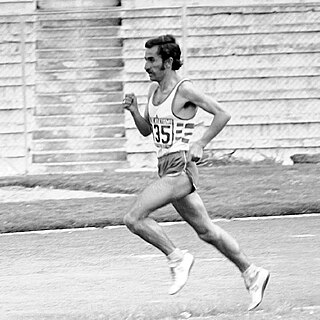
Domingo Tibaduiza Reyes is known in his native Colombia as an icon and pioneer of Colombian international athletics. A former long-distance elite runner, he represented Colombia at four consecutive Summer Olympics and won the Berlin Marathon.

Félix de la Concha is a painter. Born in León, Spain, he resides in Pittsburgh and Madrid.

José Braulio Bedia Valdés is a Cuban painter currently residing in Florida.

Eduardo Arroyo Rodríguez was a Spanish painter and graphic artist. He was also active as an author and set designer. Arroyo is regarded as one of the most important exponents of politically committed realism.
Tim White-Sobieski is a video and installation artist based in New York and Berlin. He was educated as an architect and dedicated himself to visual art and filmmaking, exploring the fields of painting, sculpture, photography, video, video installations and light installations throughout his career. He began showing in New York in the early 1990s with his "Blue Paintings." Emphasis on the role of the subconscious in his paintings had affinities with visual abstractionism and literary existentialism.
Jaime Davidovich was an Argentine-American conceptual artist and television-art pioneer. His innovative artworks and art-making activities produced several distinct professional reputations including painter, installation artist, video artist, Public-access television cable TV producer, activist, and non-profit organizer. He is the creator of legendary downtown Manhattan cable television program The Live! Show (1979–1984). Billed as "the variety show of the avant-garde", The Live! Show was an eclectic half-hour of live, interactive artistic entertainment inspired by the Dada performance club Cabaret Voltaire and the anarchic humor of American television comedian Ernie Kovacs.
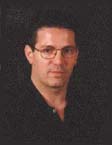
Antonio Guzmán Capel is a Spanish painter. Since 1961 he has resided in the city of Palencia, Spain.
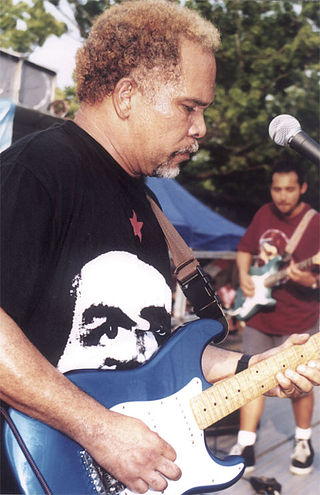
Luis Díaz Portorreal, best known as Luis Días, was a musician, composer and performer of popular music born in the Dominican Republic.

Albert Ràfols-Casamada was a Spanish painter, poet and art teacher involved in the vanguard movements of his time. He is considered one of the most important, multifaceted Catalan artists of his time. His artwork began in the post-expressionist, figurative sphere but soon developed into his own abstract style grounded in a poetic rendering of everyday reality.
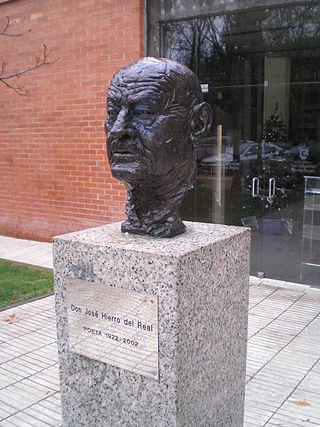
José Hierro del Real, sometimes colloquially called Pepe Hierro, was a Spanish poet. He belonged to the so-called postwar generation, within the rootless and existential poetry streams. He wrote for both Espadaña and Garcilaso magazines. In 1981, he received the Prince of Asturias Awards in Literature, in 1998 the Cervantes Prize and he received many more awards and honours.

Eduard Arranz Bravo was a Catalan Spanish painter.
Eusebio Sempere Juan was a Spanish sculptor, painter, and graphic artist whose abstract geometric works make him the most representative artist of the Kinetic art movement in Spain and one of Spain's foremost artists. His use of repetition of line and mastery of color to manipulate the way light plays on the surface give depth to his pictorial compositions.
Édgar Francisco Jiménez is a Colombian artist.
Carlos Eduardo Maturana Piña, better known by his artistic pseudonym Bororo, is Chilean artist born in Santiago, Chile, on November 10, 1953. Along with Samy Benmayor, Omar Gatica, Matías Pinto D'Aguiar and Ismael Frigerio among others, he formed part of Chilean art’s 80s Generation. Bororo was his childhood nickname.
Mario Reyes Castillo (1926–2017) was a Mexican printmaker, painter and sculptor best known for his work with the Taller Libre de Grabado Mario Reyes, which he founded in 1965. This workshop has collaborated with and done work for a number of notable Mexican artists. Much of his artwork was dominated with depictions of the female form, with the artist stating he could see it in many places and objects. His work has been recognized with tributes and retrospectives in places such as the Museo Nacional de Estampa and the Palacio de Bellas Artes. He was also a member of the Salón de la Plástica Mexicana.












